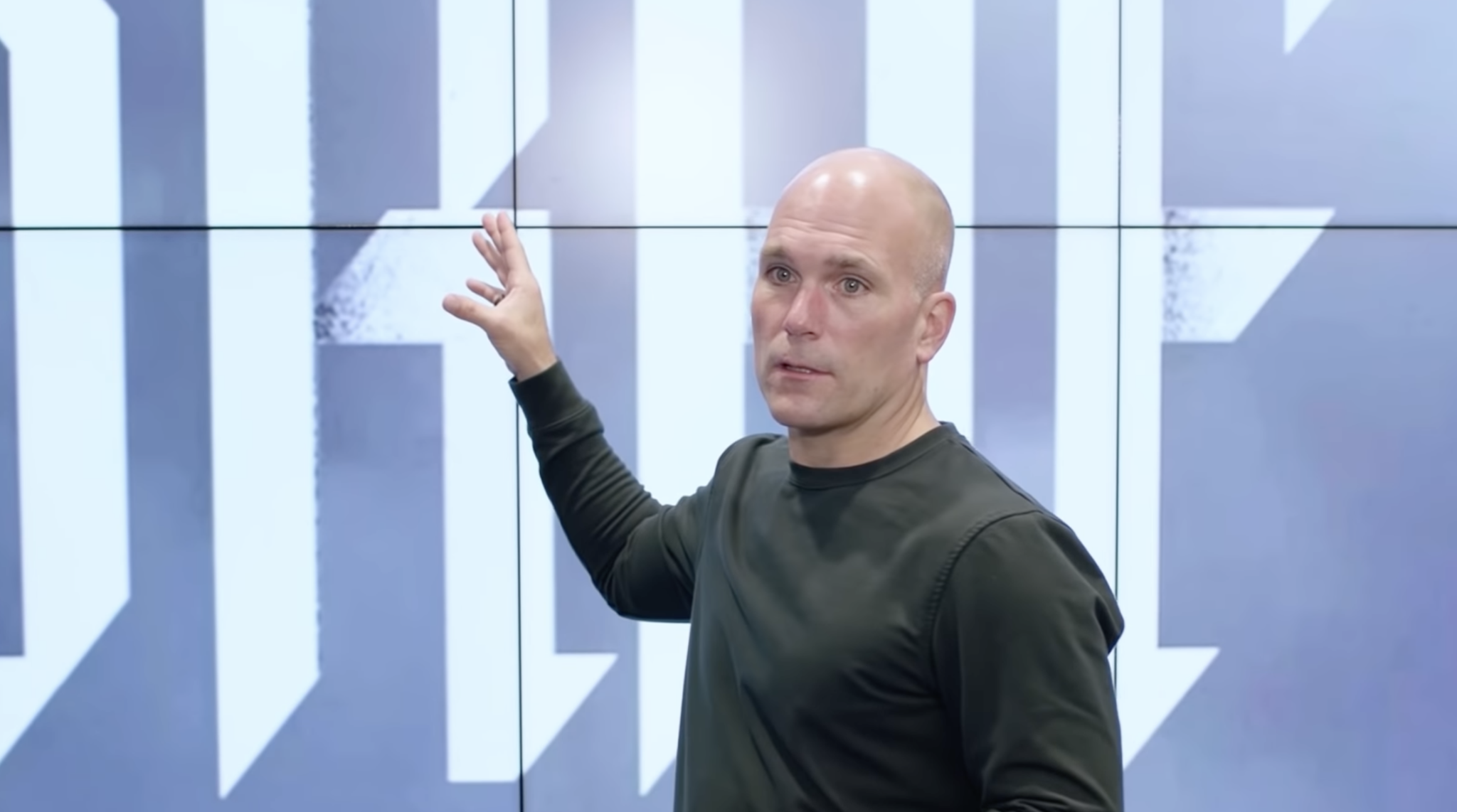Orioles catching prospect Chance Sisco had a heck of a spring.
But despite leading the club with a stout 1.298 on-base plus slugging percentage in the Grapefruit League, the 24-year-old was optioned to Triple-A Norfolk on Sunday. General manager Mike Elias and the Orioles now appear set to head north with the duo of Jesus Sucre and Pedro Severino, two defensive-minded catchers who’ve shown little offensive ability in their major league experiences.
The decision was met with scrutiny from those citing the organization’s declaration of open competition this spring or fans merely wanting what’s shaping up to be another difficult season to be more compelling. The latter sentiment is perfectly understandable with the Orioles still charging major-league prices for a club that doesn’t look dramatically different than it did at the conclusion of a franchise-worst 115-loss campaign last fall. The idea of a full-scale rebuild clashes with the reality of the Orioles ultimately being an entertainment business still trying to sell tickets to 81 home games this year.
Finding compelling reasons to go to the ballpark beyond an unconditional love for the Orioles, an attractive giveaway night, or wanting to cheer on the few interesting players who might still be around a few years from now isn’t easy.
That said, we shouldn’t forget Sisco also posted a 1.274 OPS last spring to win a spot on the Opening Day roster to split time with veteran Caleb Joseph. In 184 plate appearances in the regular season, he batted .181 with a strikeout rate only a hair better than Chris Davis’ and ranking among the worst 10 in baseball among those with at least 150 plate appearances. That’s not even considering the questions about his defense that have surrounded Sisco since being selected in the second round of the 2013 amateur draft.
You always prefer good numbers over poor statistics in the spring, but how much do small sample sizes — which are problematic enough in the regular season — really mean when spring box scores are littered with competitors having no chance of playing in the majors this season? As Elias has noted more than once, there is more predictive power from minor-league regular-season numbers than with performance in spring training.
Despite formerly being ranked a top-100 prospect in baseball, Sisco owns a career .260 average with a .733 OPS in 557 plate appearances at Norfolk. Those sound like solid numbers for a catcher, but they’re not impressive enough to confidently predict major league success or to overlook the concerns about his ability behind the plate, a factor to consider even more with such a young pitching staff in Baltimore. It’s clear Elias and the organization believe there’s unfinished business for Sisco to complete in the minors, and that’s all that should matter for the Orioles now.
The sense of “competition” isn’t as much about Sisco being a better present-day option than Sucre or Severino in the majors — which is still debatable when you factor in defense — than it is about him meeting benchmarks that will improve his chances of being a successful major leaguer, something he wasn’t last year. It’s where the intersection of player development and analytics come into the picture to use coaching methods as well as technology and data to chart out a path to success. As their track record in player development reflects in Houston, Elias and assistant general manager and analytics guru Sig Mejdal deserve trust in assessing someone who’s hardly considered to be a slam-dunk prospect anyway.
To be clear, none of this is a knock on Sisco as the same principles hold true for the likes of hard-throwing left-hander Tanner Scott and outfielder Austin Hays, who have also spent time in the majors. These are individuals who were rushed to the major leagues by the previous regime before completing their development as Scott and Hays have combined to appear in a total of 10 games at Norfolk.
For every rare talent such as Manny Machado capable of skipping minor-league levels, there are many more who benefit from more experience before graduating to the majors. Such a mindset sure beats the perceived philosophy of “you can’t mess up the good ones” that was practiced frequently in the past, whether it was the Orioles shuffling Kevin Gausman between the bullpen and the rotation — and the majors and the minors — for years or even briefly calling up oft-injured pitching prospect Hunter Harvey last season despite the former first-round pick having pitched very little the previous three years. These were examples of questionable tactics for even a winning club, but such a mindset would be wildly inappropriate for one with no hope of contending this year.
As we’ve said all offseason, patience is the most difficult part at the start of a rebuild. It’s easy to romanticize the process with this year marking the 30th anniversary of the “Why Not?” Orioles, but that was a rare exception to the rule and that club wasn’t exactly an example of sustaining long-term success. Rushing prospects like Yusniel Diaz and Ryan Mountcastle isn’t turning Baltimore into a wild-card contender overnight and could compromise their long-term chances for success.
Simply put, this season isn’t likely to be fun and isn’t designed to be despite what will be manager Brandon Hyde’s best efforts to get the major league club to play hard and compete every night. Elias isn’t forming an Opening Day roster to try to squeak out a couple more wins in 2019; he’s trying to cultivate assets in the best way he sees fit to eventually be part of the Orioles’ next contending club.
When those young players accomplish what they need to down below, we’ll see them in Baltimore as part of the next phase of the process. In the meantime, the Orioles will look a lot like they did last year.
That’s just the hard truth with the big picture being paramount.





























